The problems related to the creation of defects, both during construction and operation in the equipment and piping of the plant, can be the cause of a sudden stop of the plant or, in more serious cases, accidents with consequences that can range from spillage of toxic substances causing pollution of soil, air and water, to the most serious condition of injury of personnel with fatal outcomes.
The evolution of technology and instrumentation sees a steady growth on the reliability of NDT, improving screening and contributing to avoid events such as those described above.
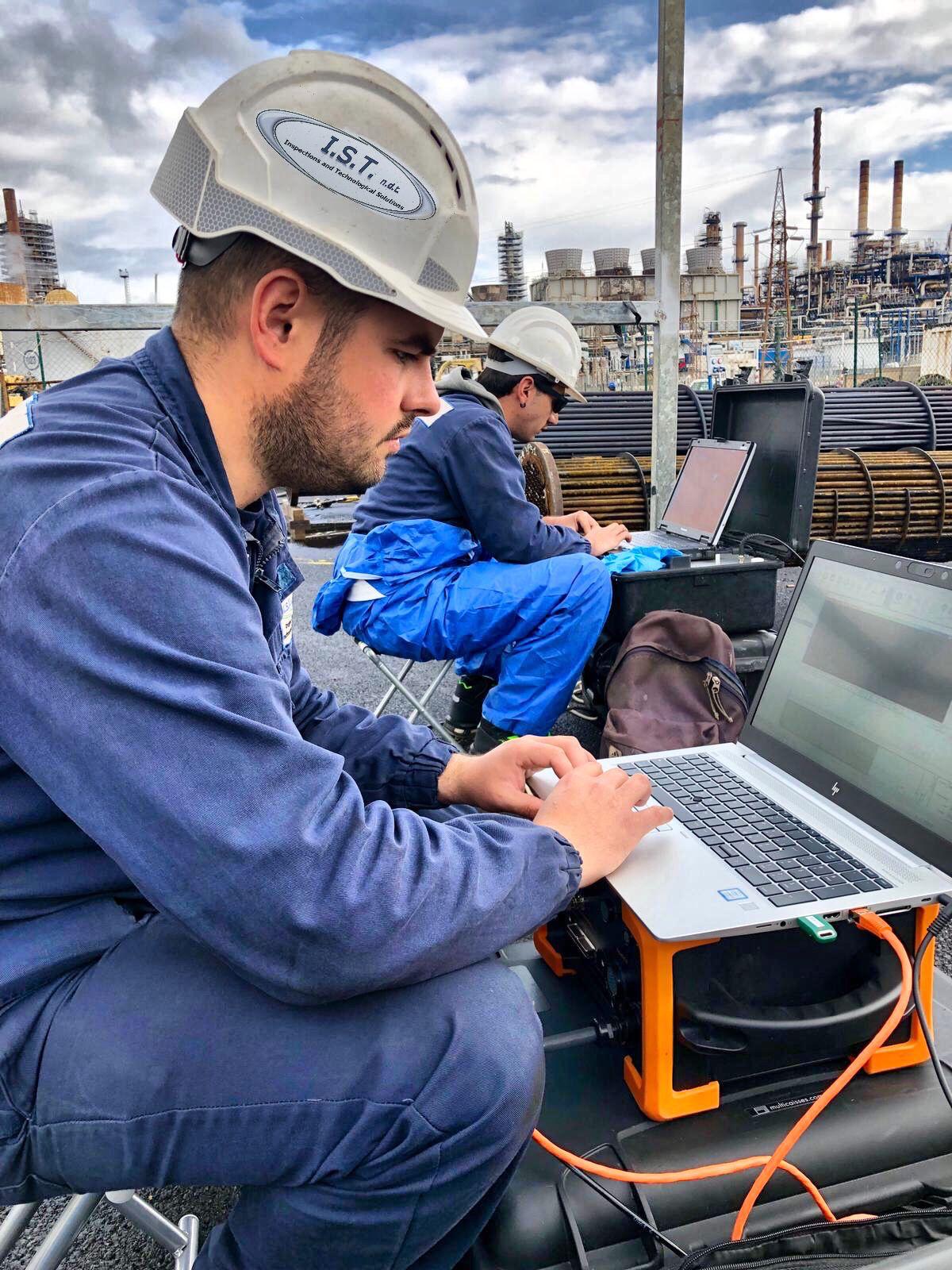
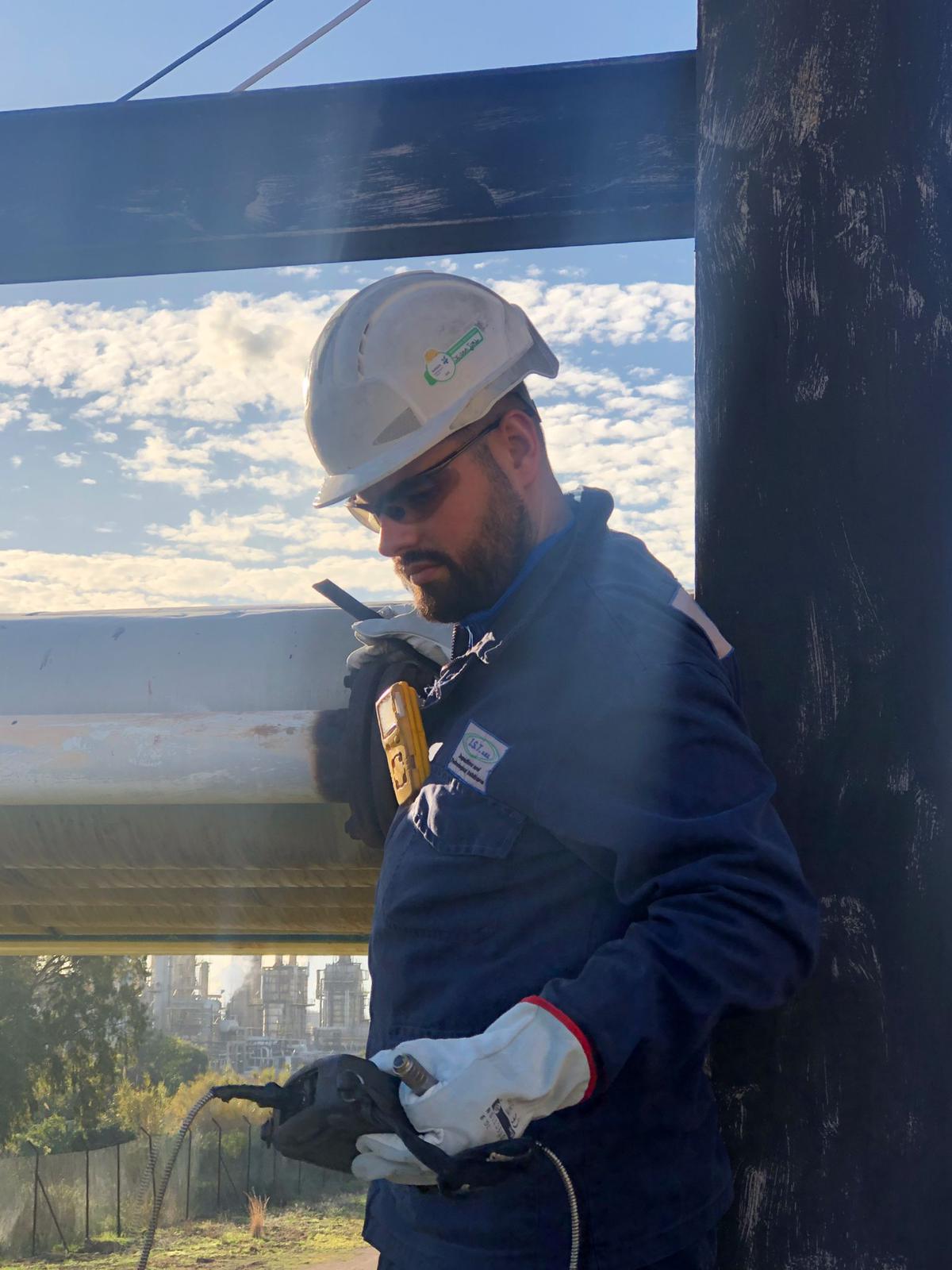
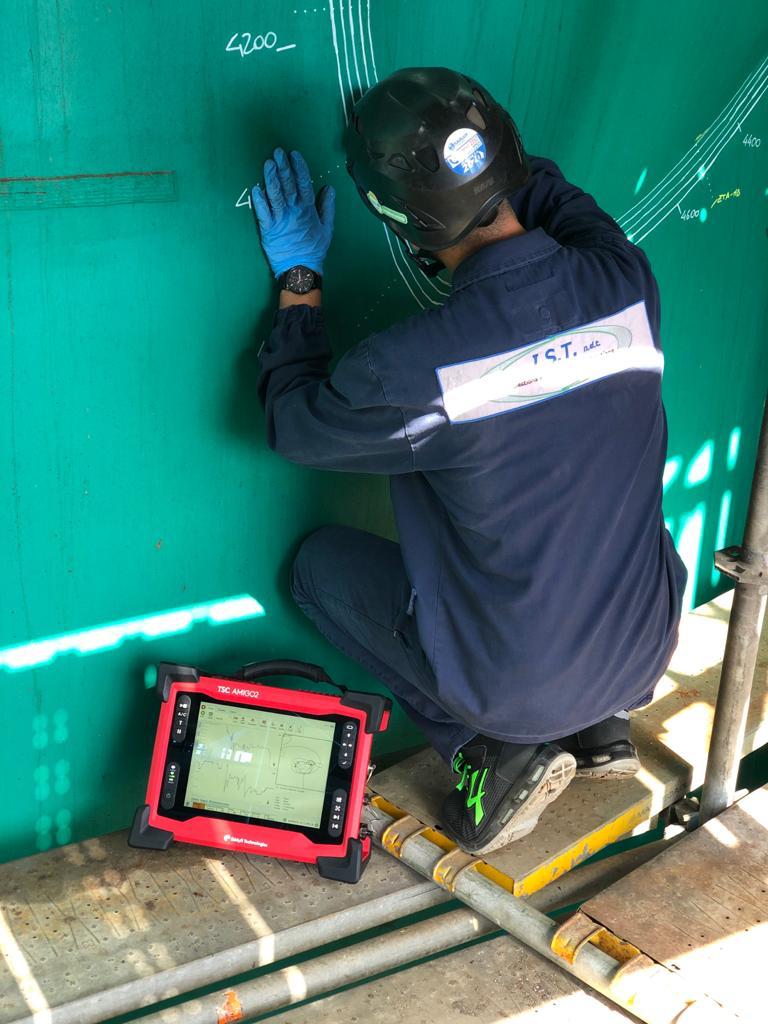
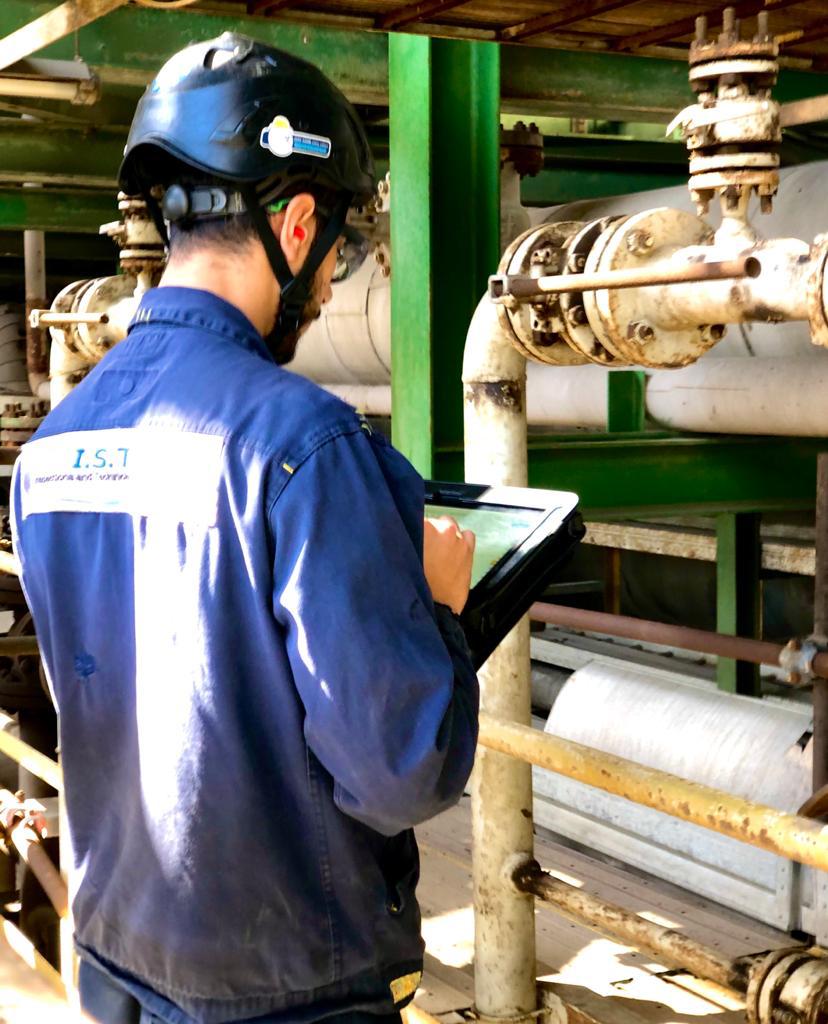

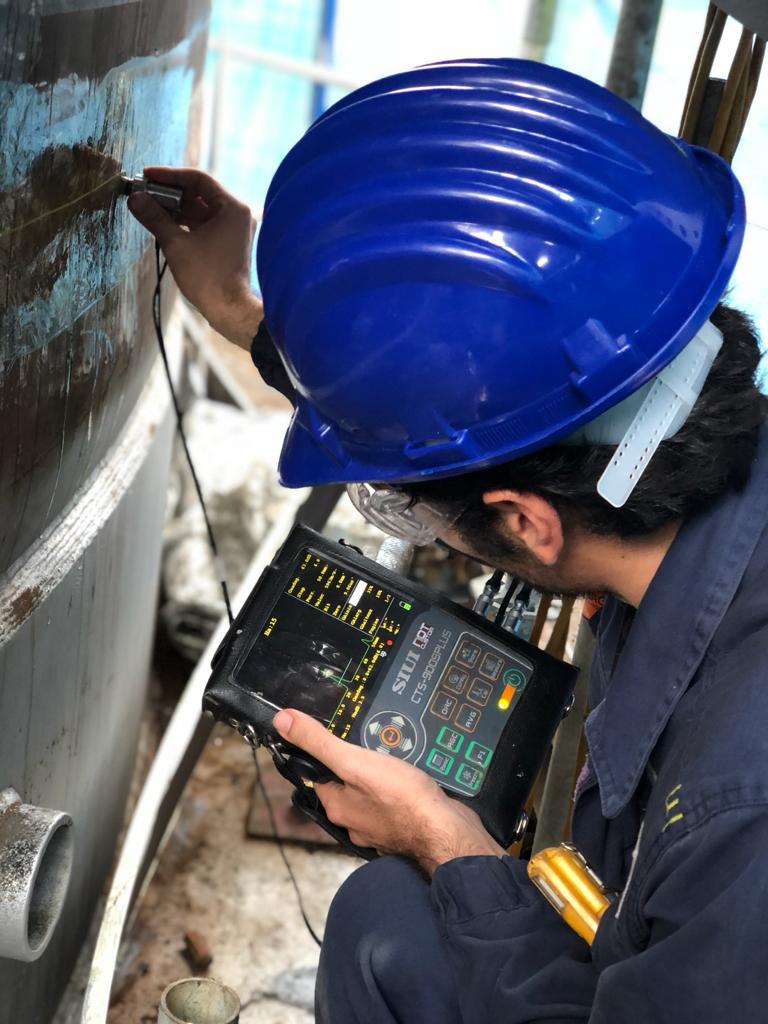
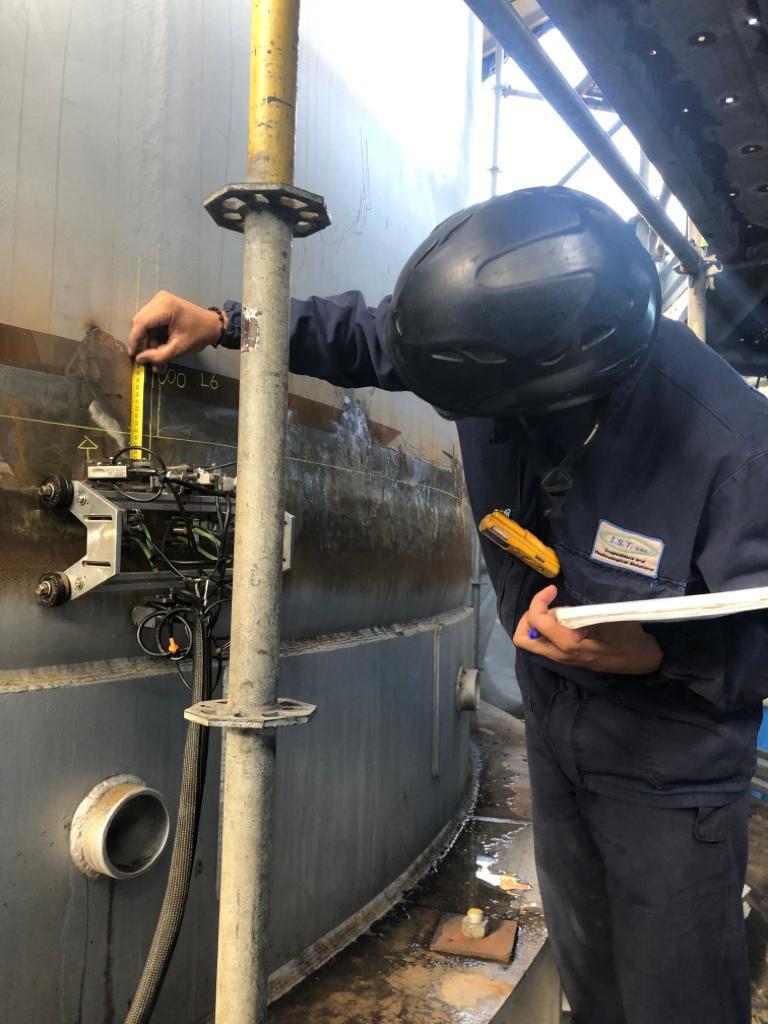
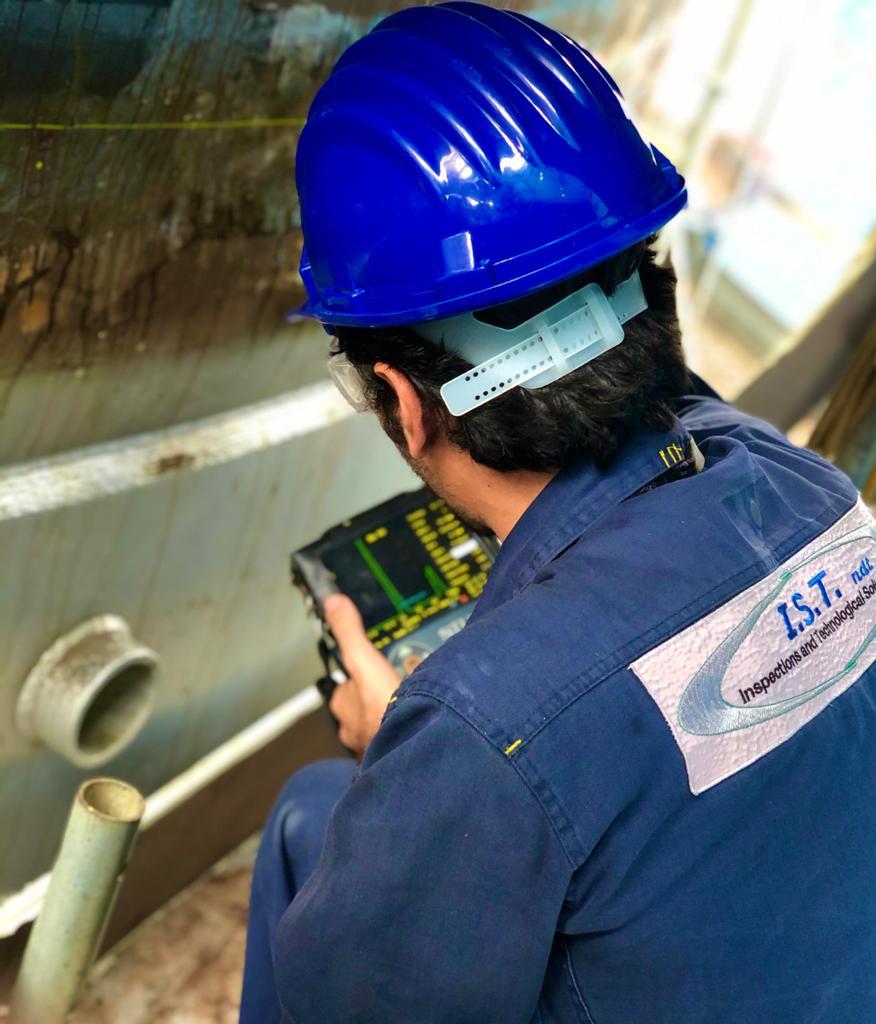
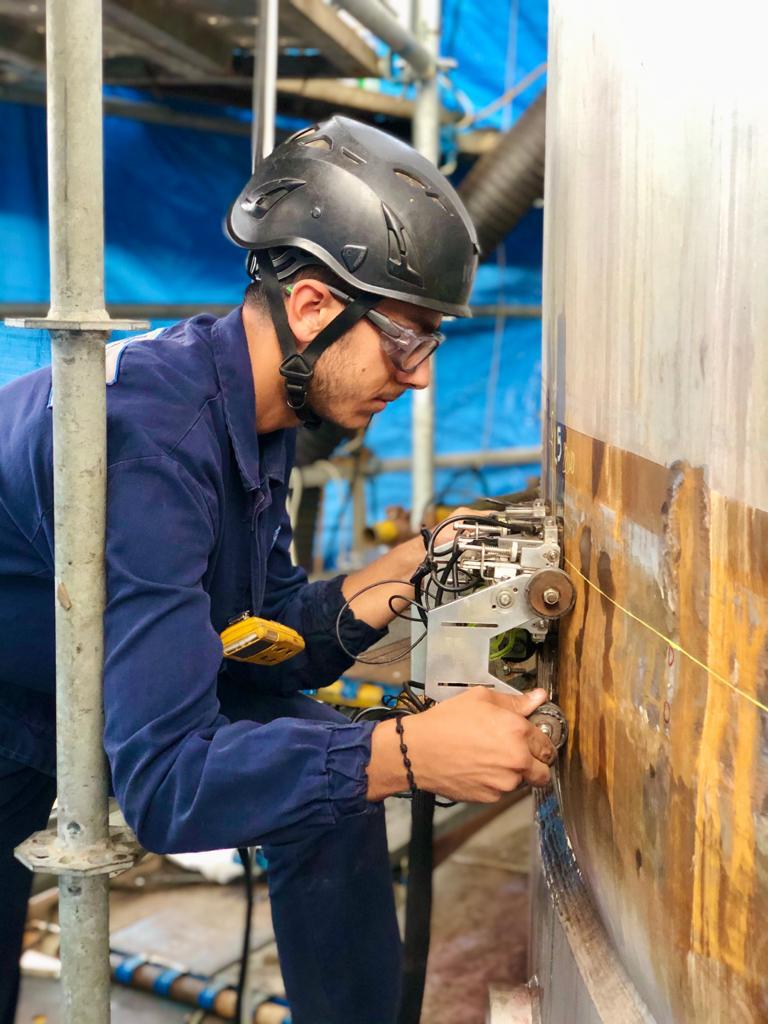
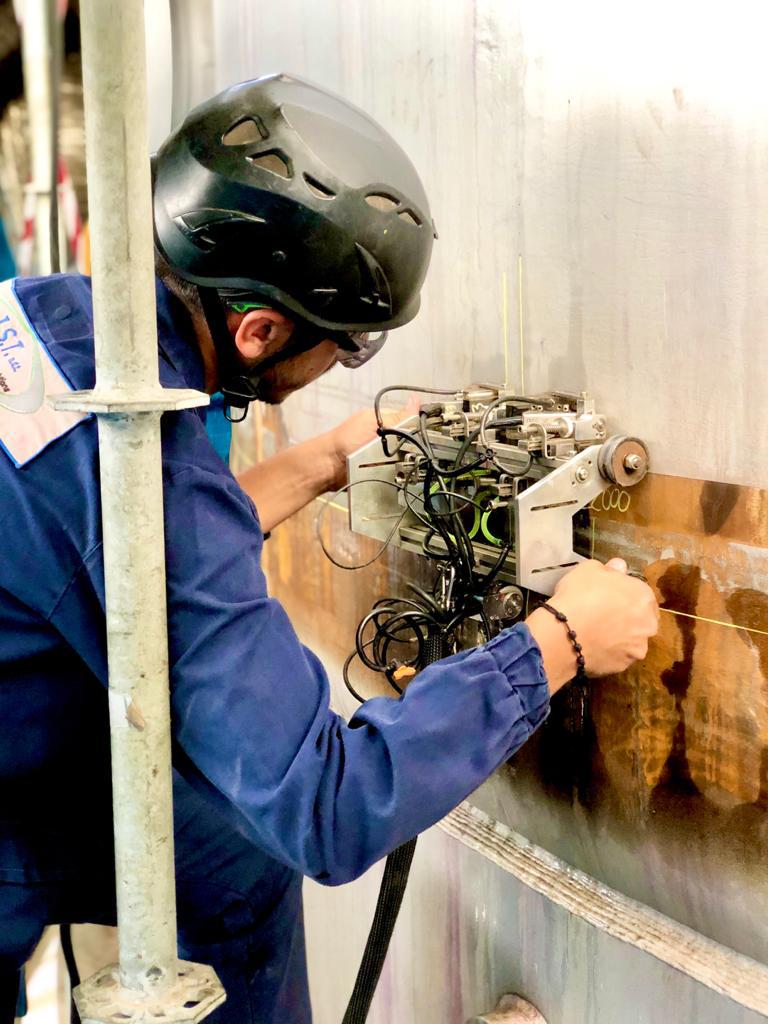
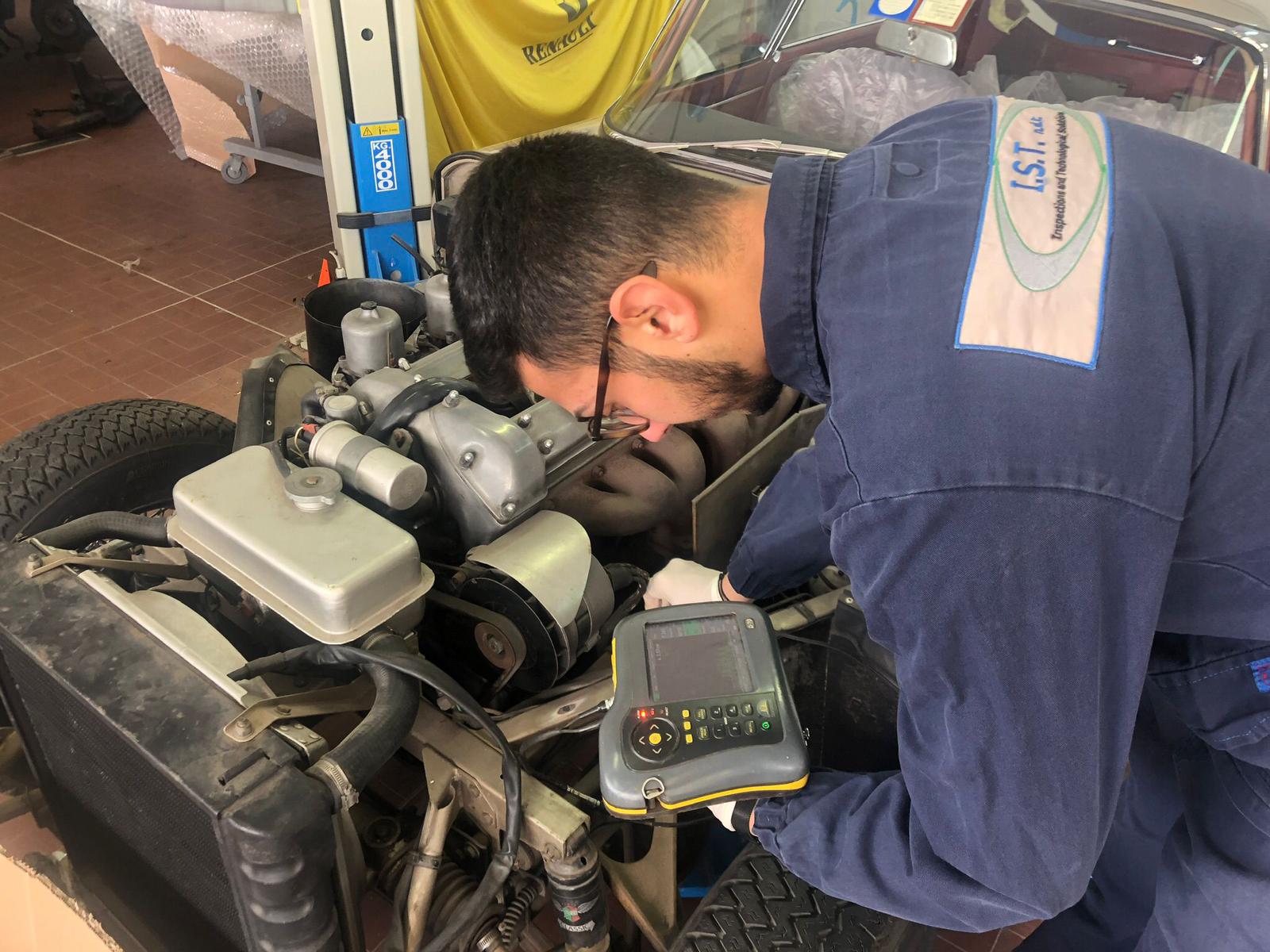
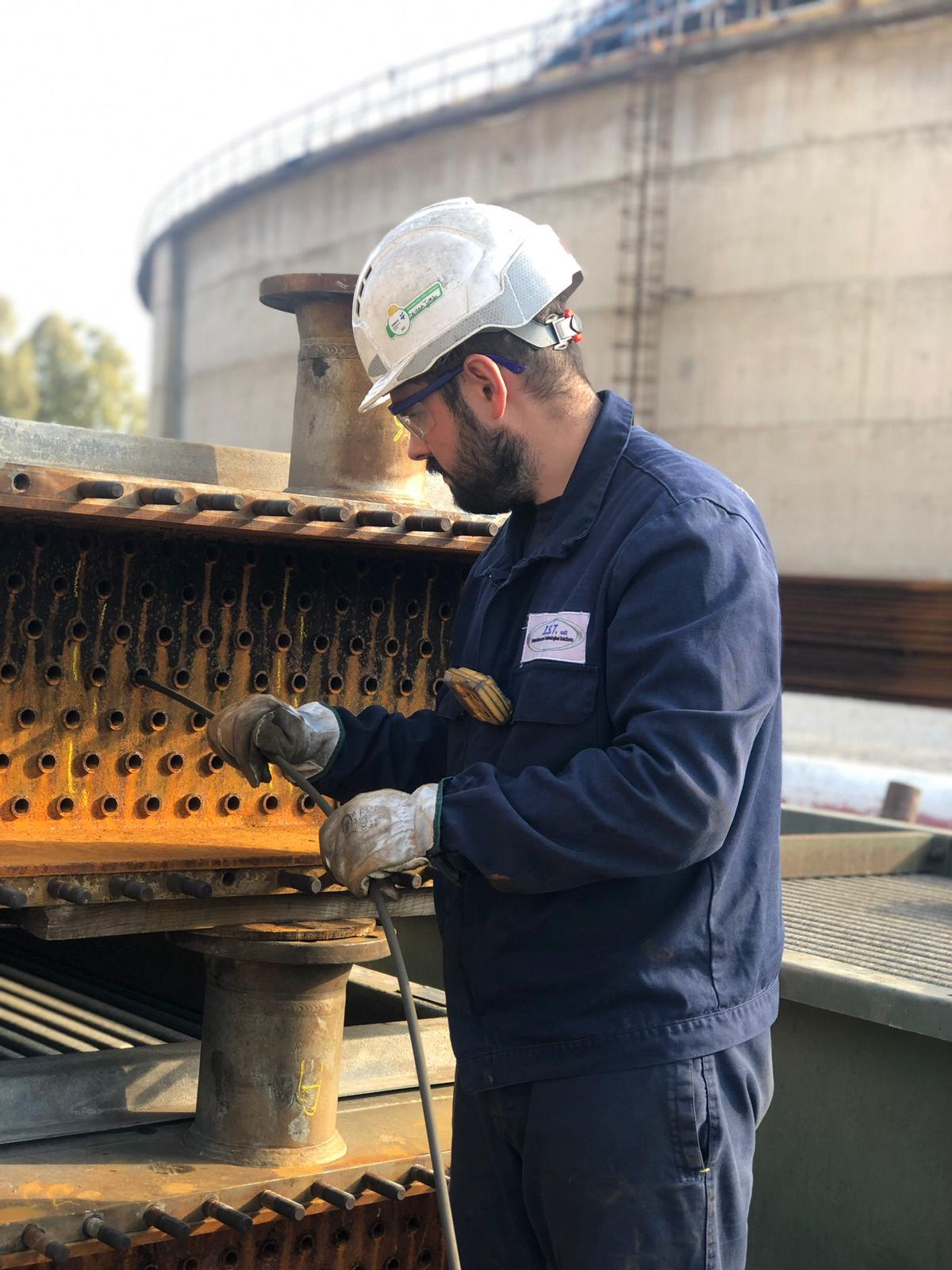
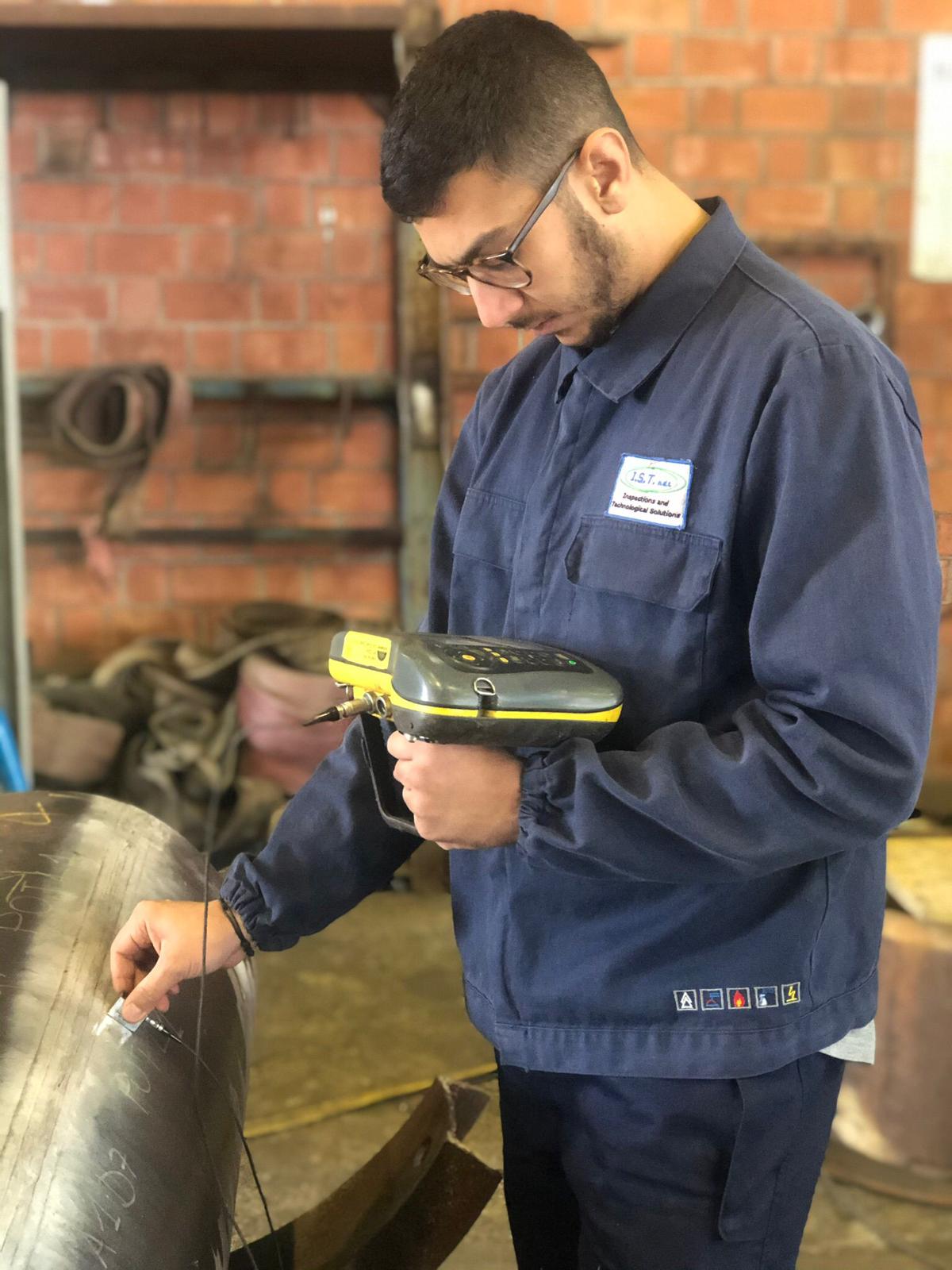
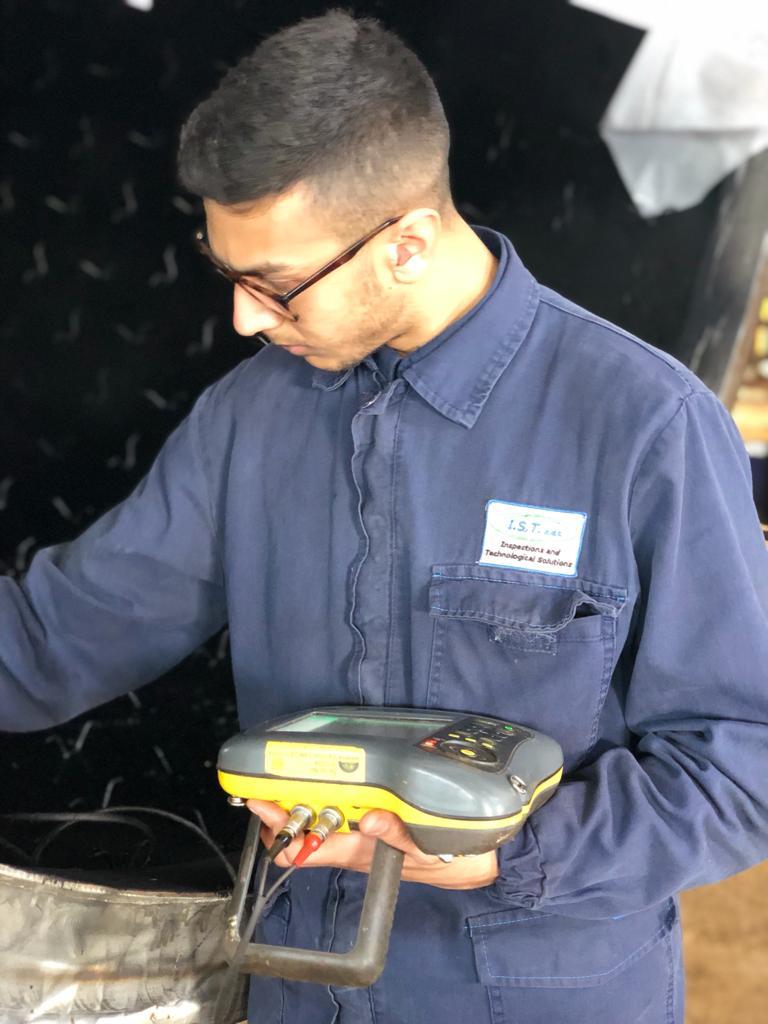
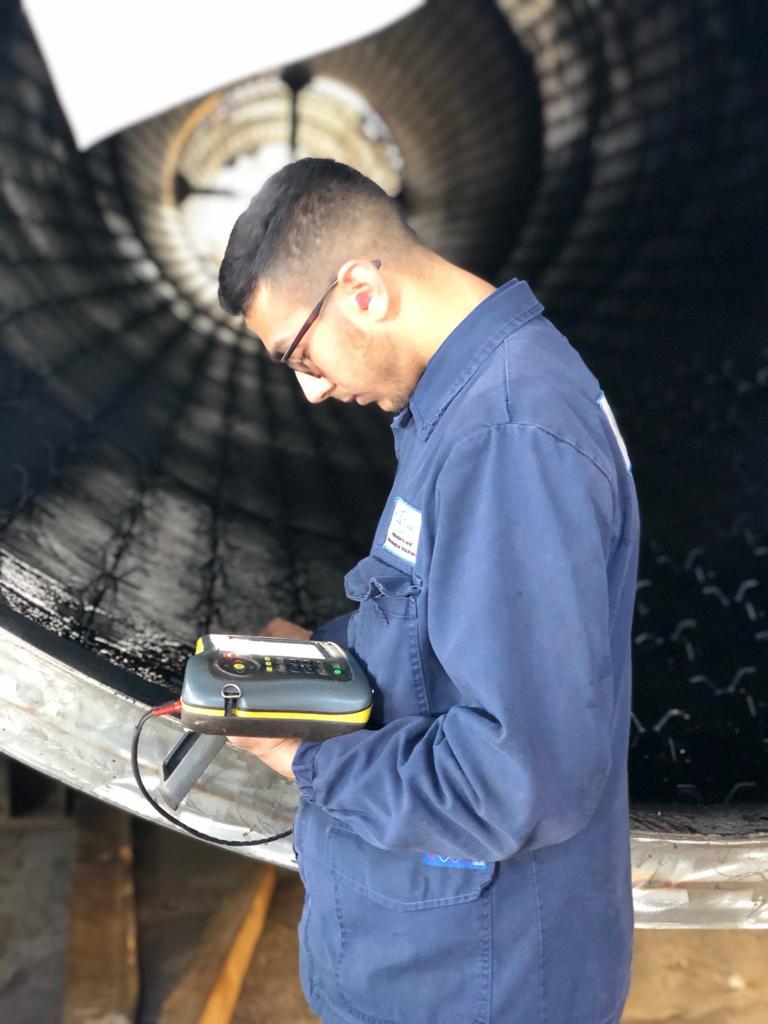

Le metodiche presentate sono un’evoluzione delle tecniche classiche che hanno beneficiato delle enormi migliorie della micro elettronica e dei software in quanto permettono, ad esempio, la costruzione di sonde array per Eddy Current o UT Phased Array su supporti morbidi capaci di adattarsi alla superficie in esame e di rilevare una molteplicità di informazioni che, dopo essere state inviate allo strumento, vengono restituite secondo dei layout che visualizzano l’indicazione in 3D.
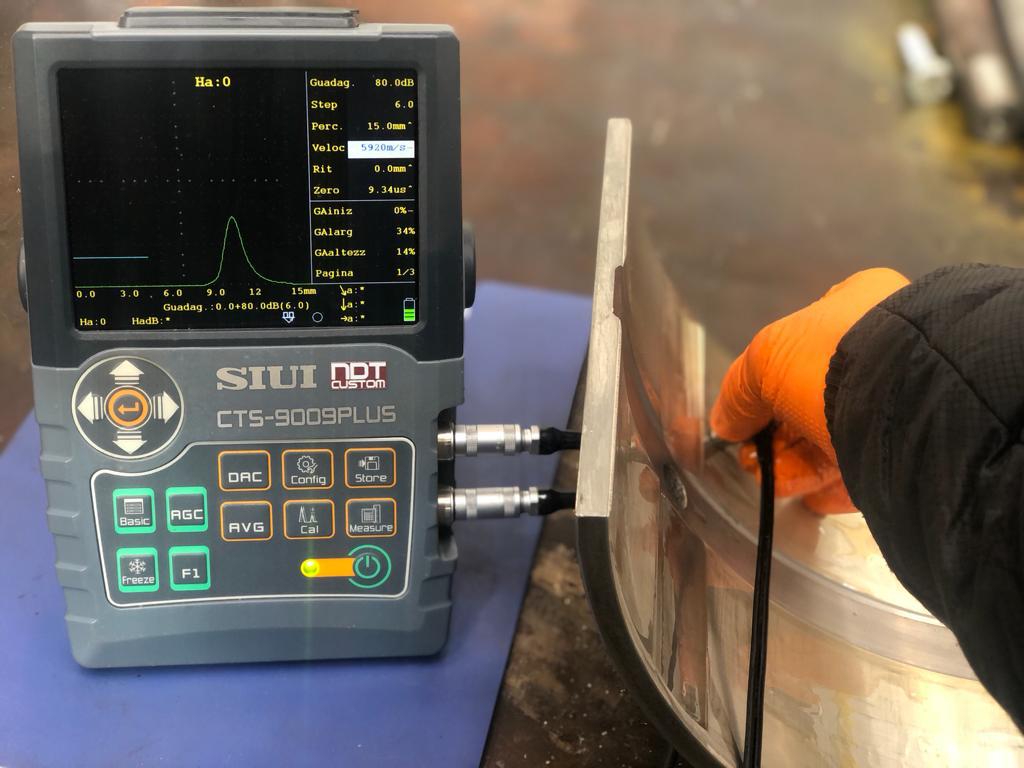
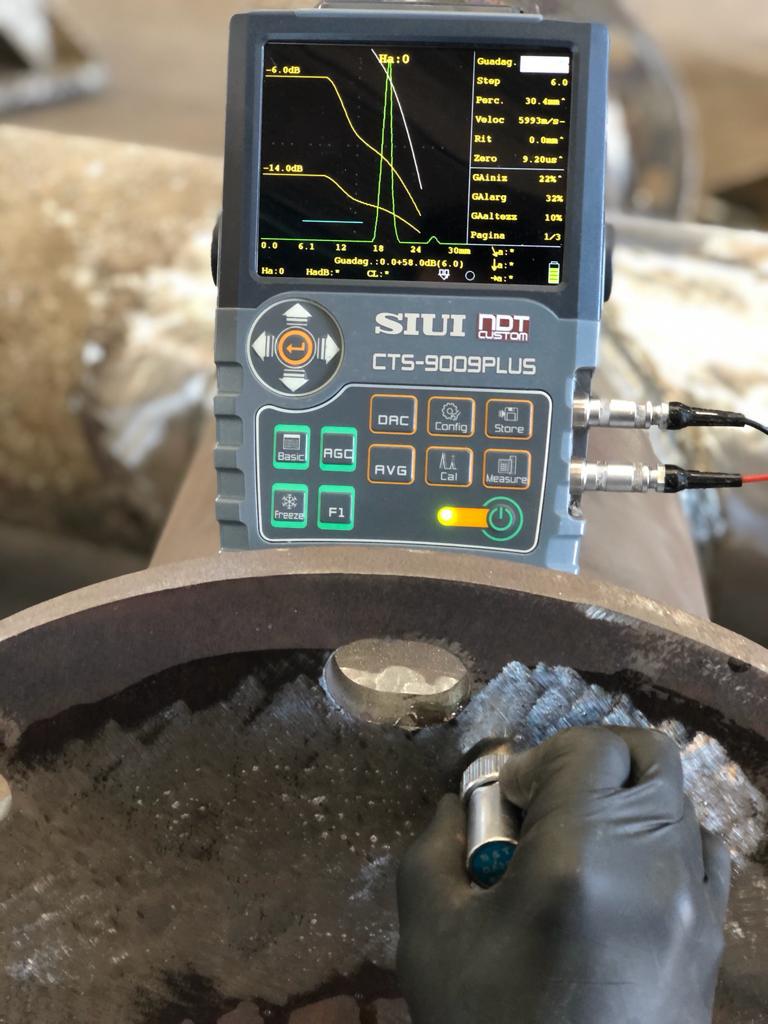
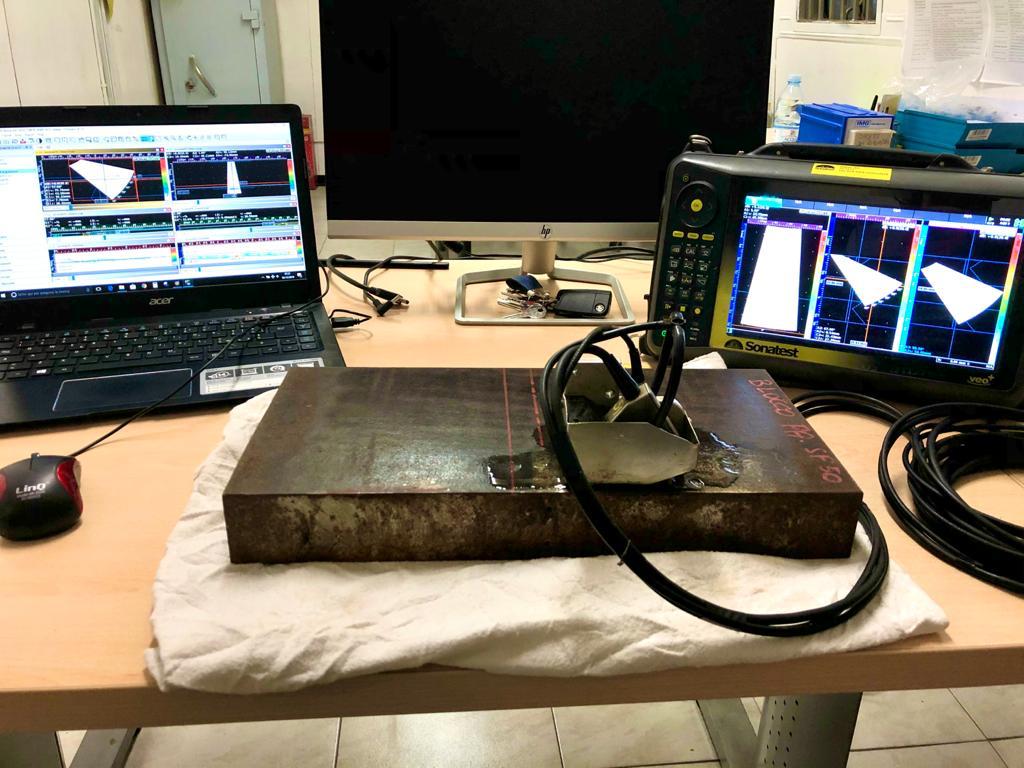
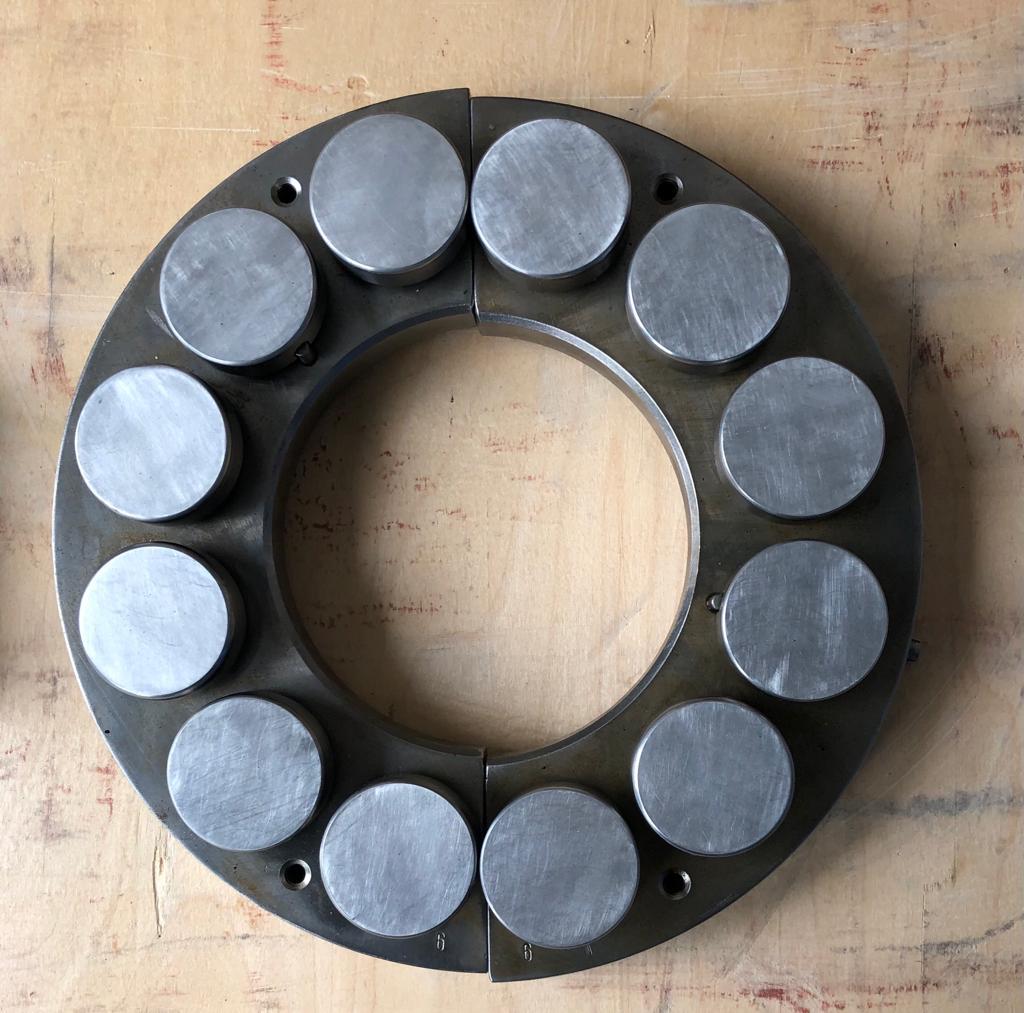
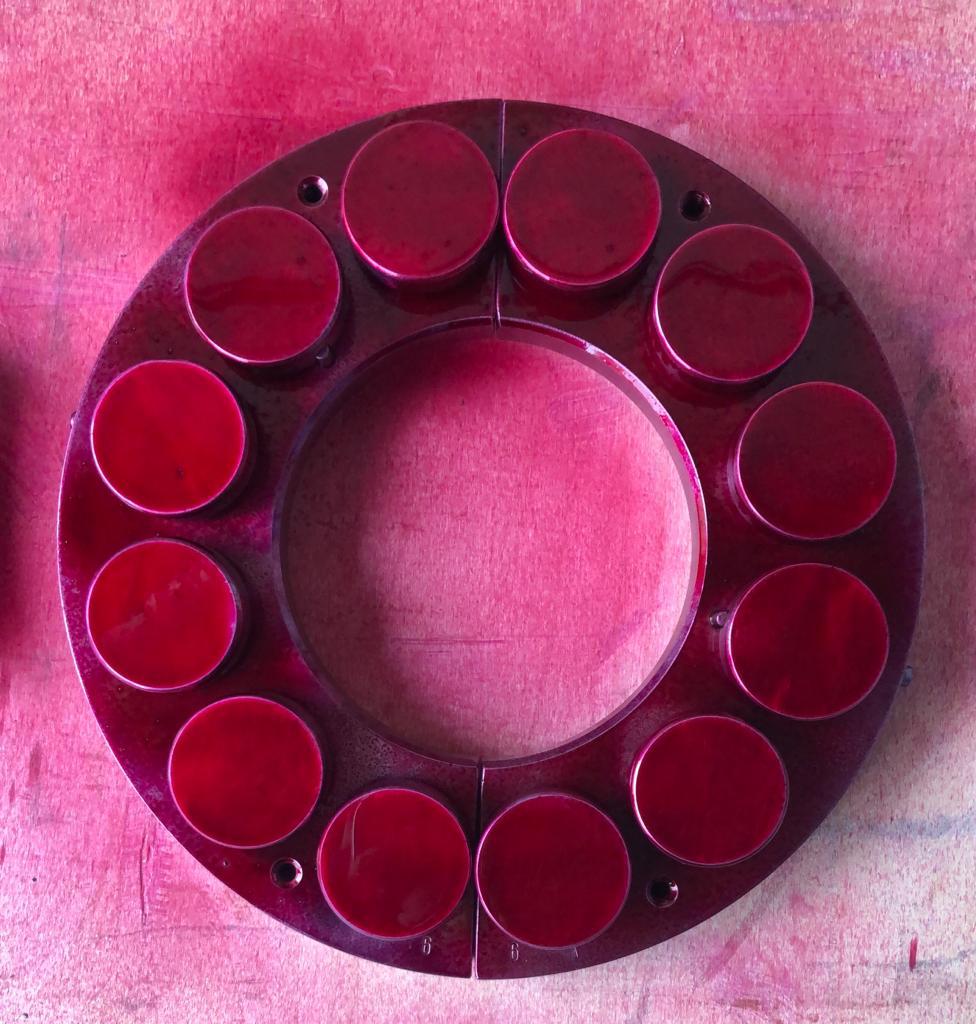

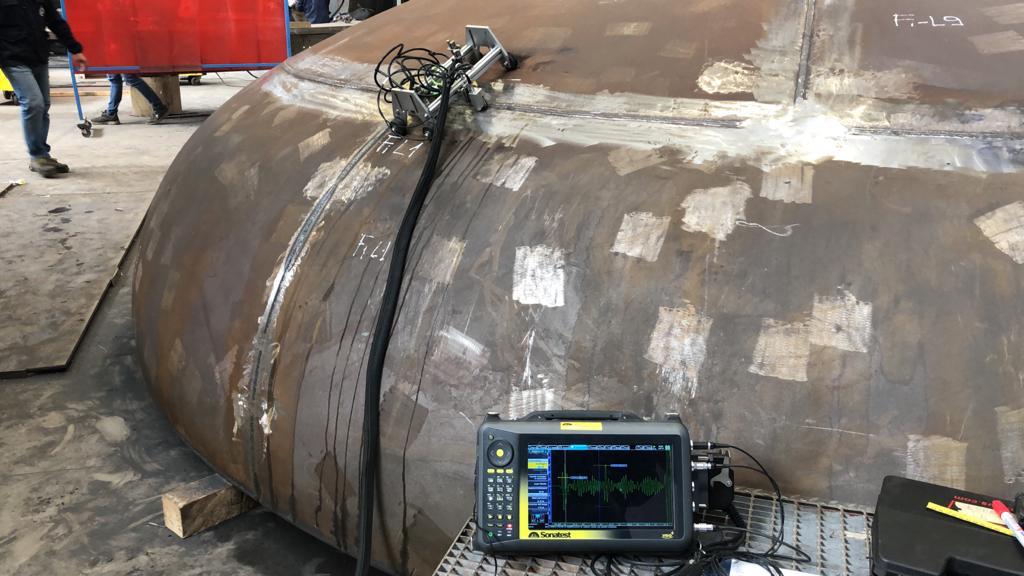
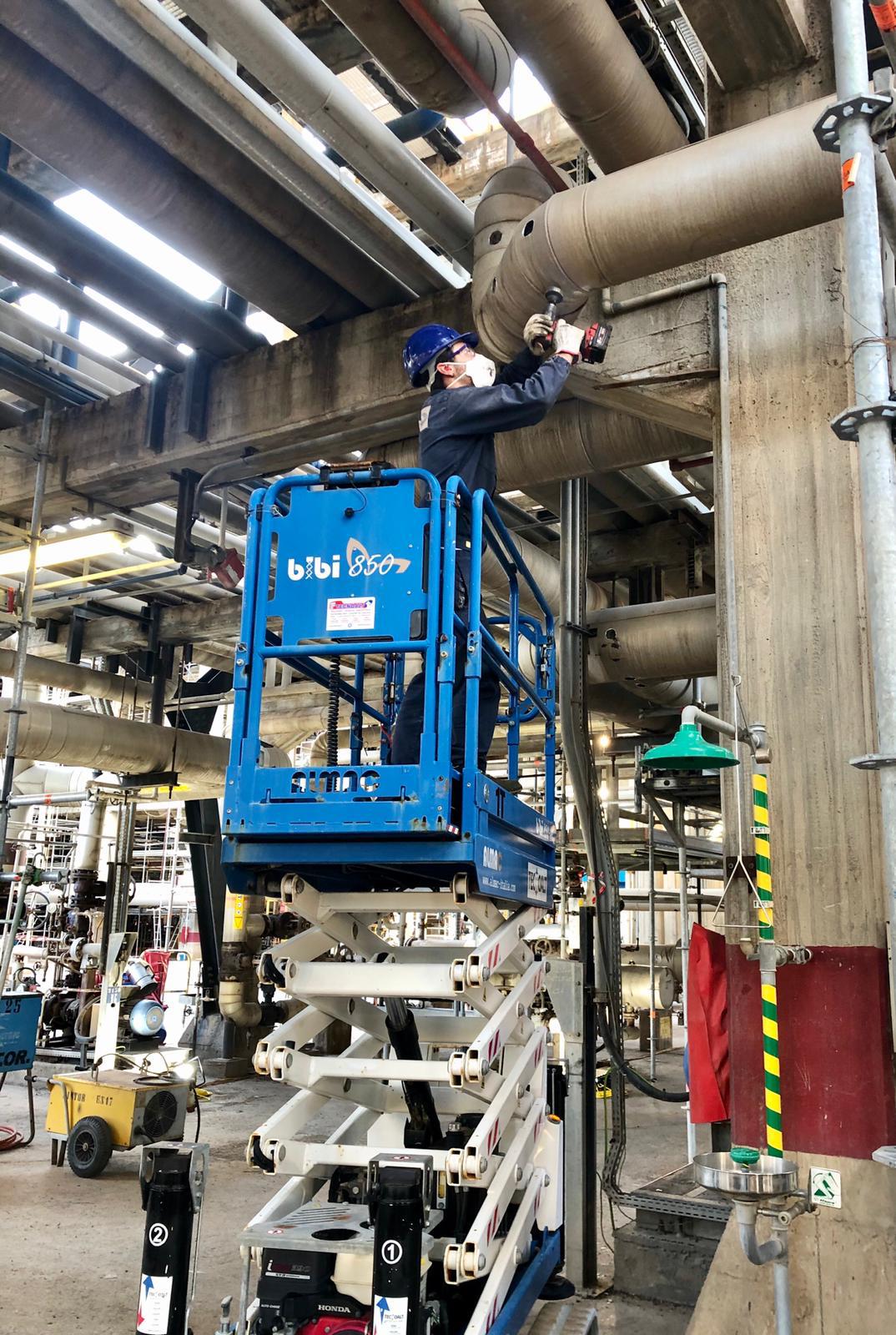
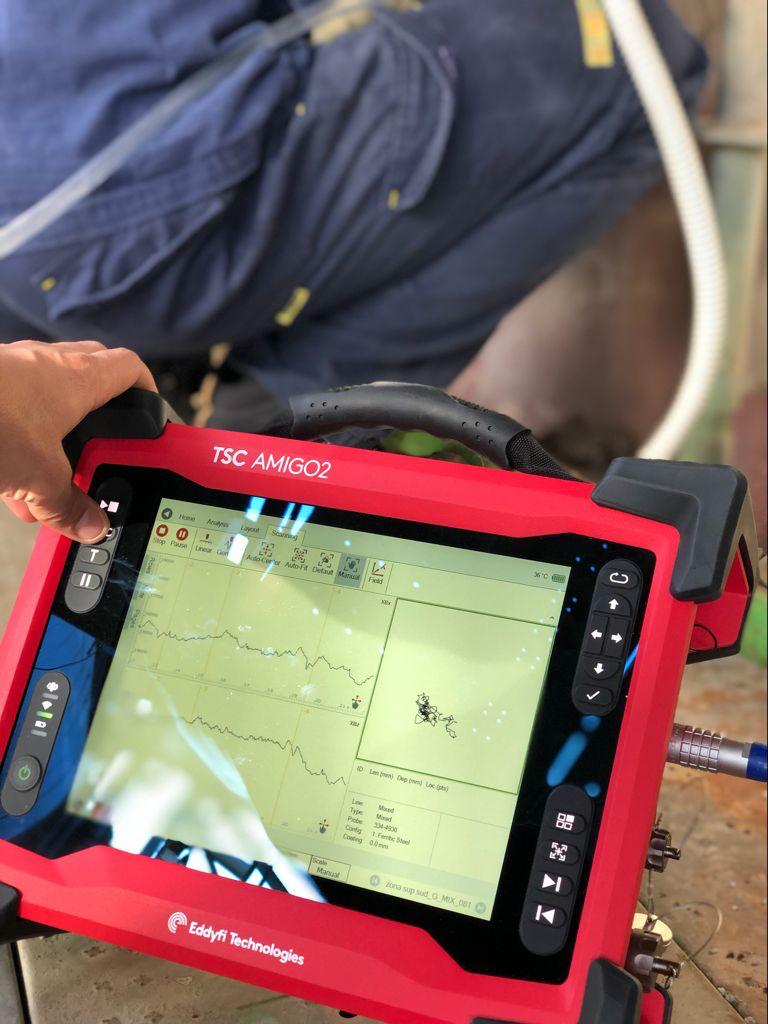

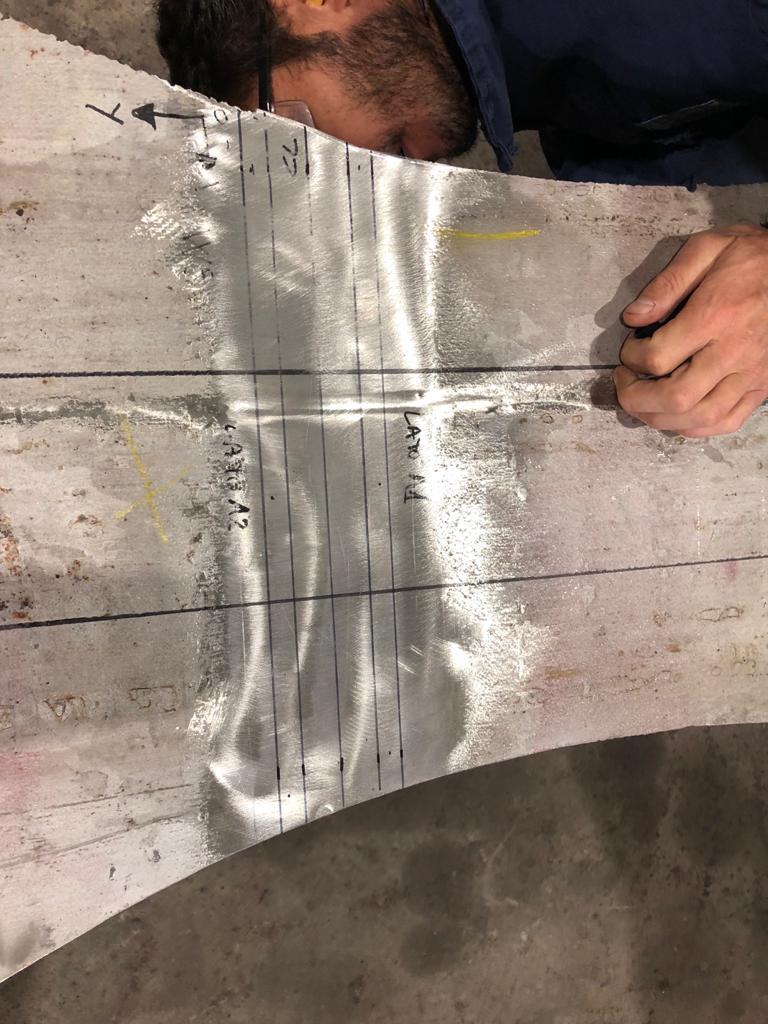
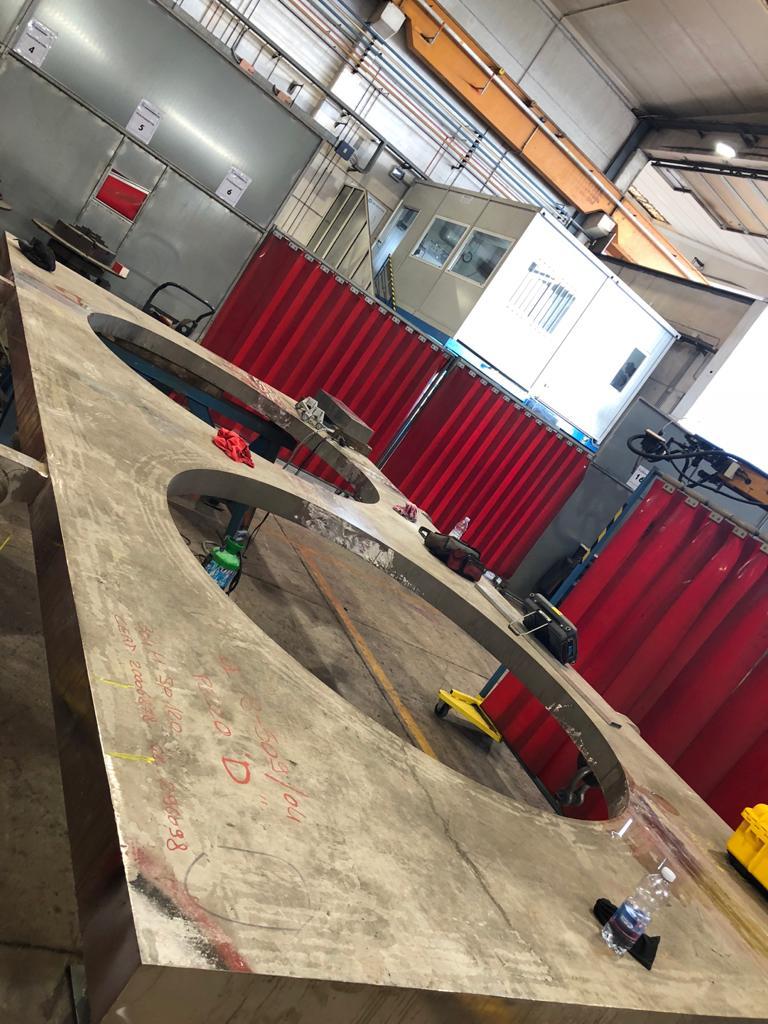
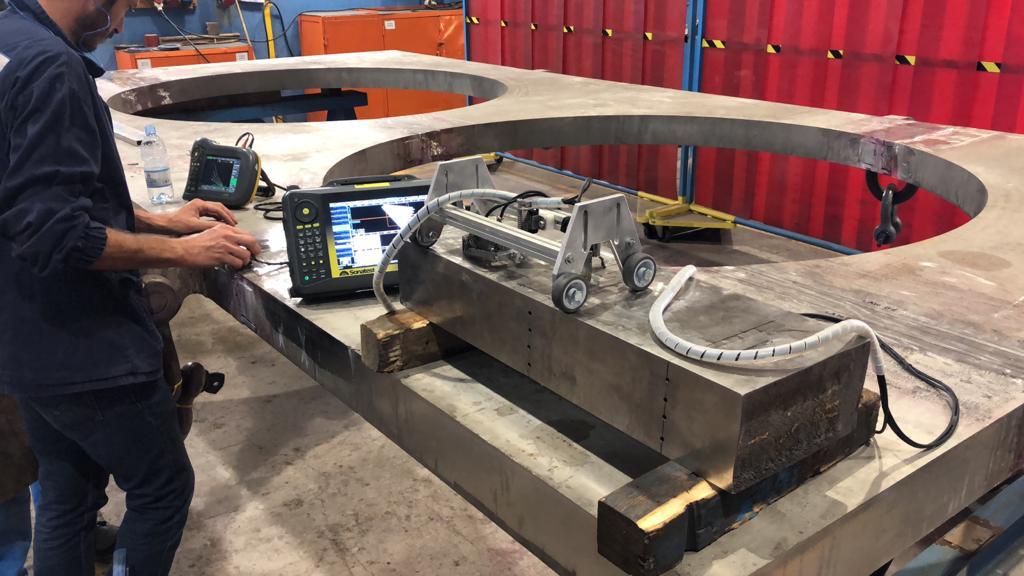

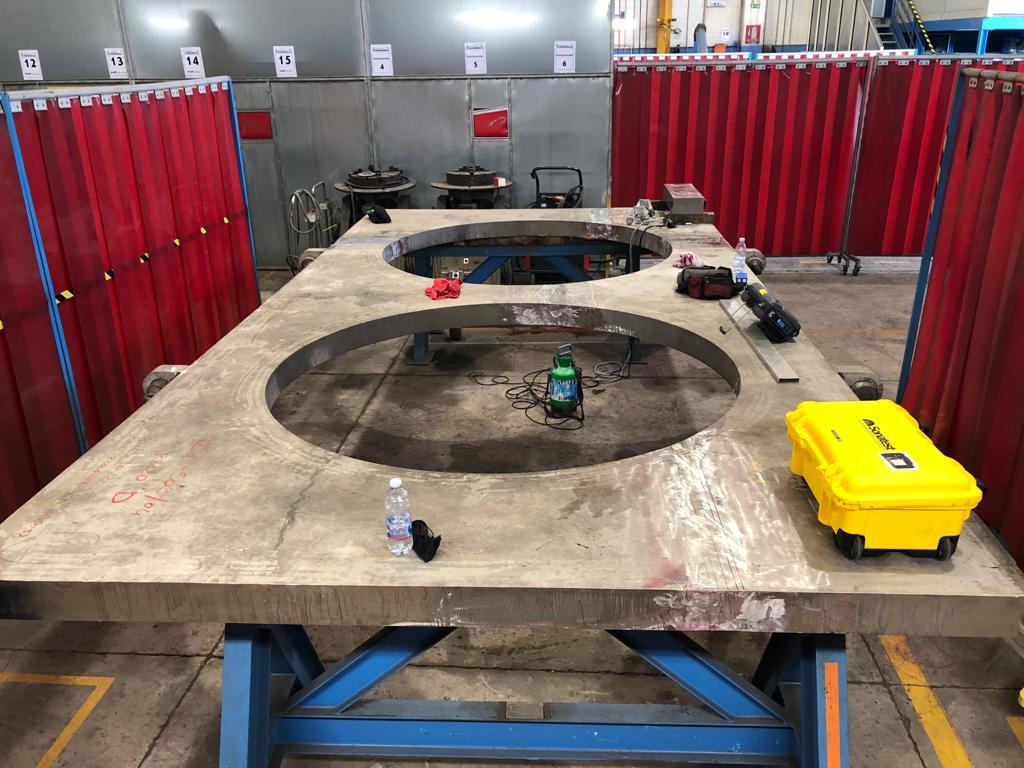

The reliability of an NDT method can be expressed as a quantitative statistical measure of the ability, under certain circumstances, to detect defects of a certain magnitude at a given point. It depends on various factors: the choice between manual and automatic methods, the potential of the equipment and the ability of the operators.
Our company, pursuing the objective of offering its customers the best result on the investigations required, applies, both for conventional and advanced techniques, all the developments derived from the enormous improvements given by the inclusion of microelectronics and software that allow you to get a very high “P.O.D” degree (Probability of Detection).
Pitting, uniform corrosion, zta erosion in welds, etc.
Inclusions of hydrogen gas and development of H.I.C., crack formation from contact with H2S and development of S.C.C., attack from naphthenic acids etc.
Particular conditions in the using of pipes or equipment can lead, in the case of insulated parts, to the formation of corrosion with a considerable entity under the insulation, known as C.U.I.
In the case of pipes of plants dedicated to the transport of products, often in the pipe way there is a vegetative growth that, in the long term, can lead to damage of the pipes or simply cover other types of damage.
Incorrect fixing of the object support, resulting in detachment due to breakage and deformation of the same, corrosion under the support due to inadequate protection etc.
